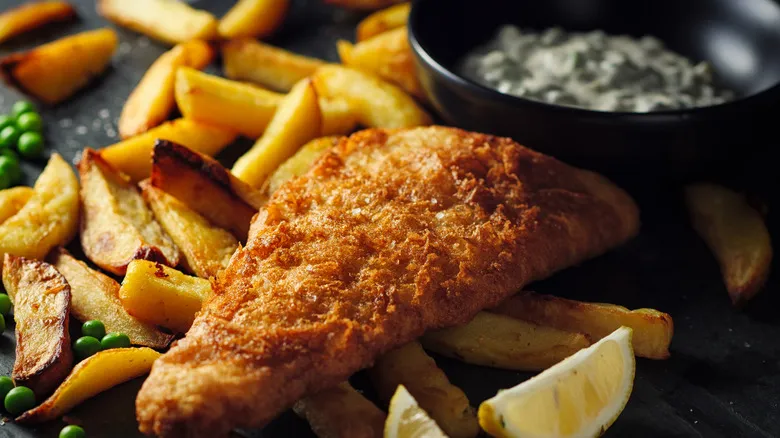Fish frys are common during Lent

For individuals who may not be well-versed in the tradition, fish frys are a popular practice during Lent, the forty-day span leading up to Good Friday when the Church instructs its members to refrain from consuming meat (specifically, the "flesh of warm-blooded" animals) as a form of penance. There are no specific guidelines or requirements regarding what should be consumed in place of meat. Since fish are cold-blooded, many view them as a natural source of protein, particularly given their significant role in Christian theology. However, this is not the only explanation.
Fish was associated with the Catholic Church
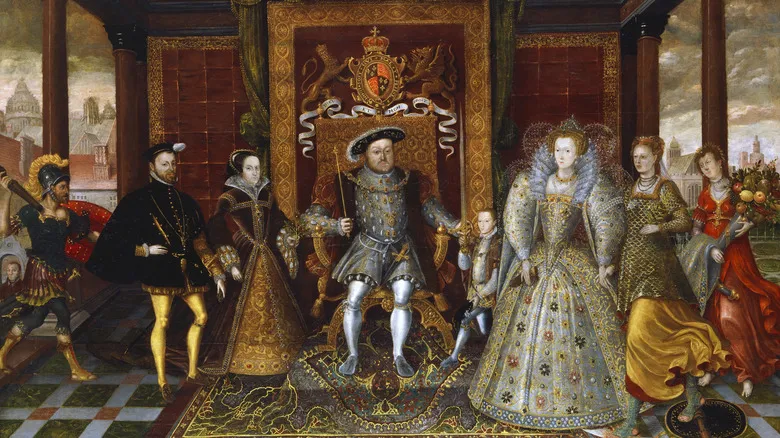
Another well-known theory, which takes us across the ocean to England, posits that the choice emerged from the political and economic pressures of the 16th century. By this time, fish had become a common staple due to its affordability, ease of preservation, and satisfying nature. However, the situation changed dramatically with King Henry VIII's break from the Roman Catholic Church, prompted by the Pope's refusal to annul his marriage so he could wed Anne Boleyn. To circumvent this issue, Henry VIII established the Church of England, adding a twist to history lessons for students everywhere.
As fish was closely linked to the Roman Catholic Church, it suddenly took on a political significance. With the rise of the Church of England, the popularity of fish began to decline. It wasn't until after Henry VIII's reign ended in the 1540s that his successor, Edward VI, came to the aid of struggling fishermen by once again promoting fish consumption among his subjects.
European immigrants brought fish frys to the American Midwest
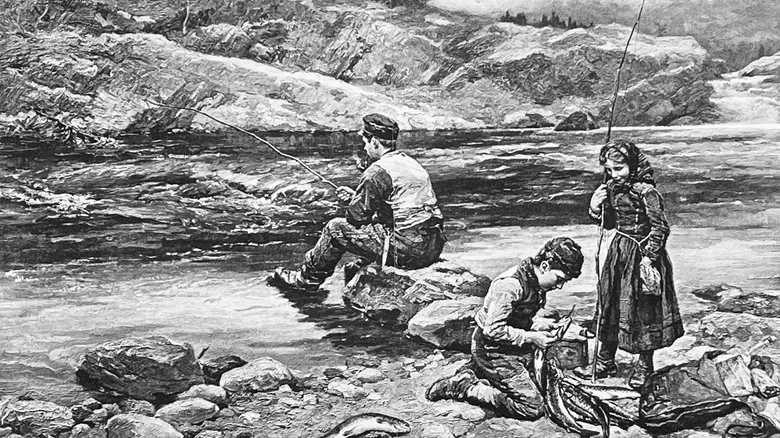
How did the tradition of Lenten fish fries begin in America? Many attribute it to early European immigrants who settled in Midwestern states such as Wisconsin, Ohio, and Indiana. These immigrants carried with them their Catholic tradition of refraining from meat, along with their passion for fishing. Additionally, meat was often pricier, making fish a more economical choice during a time when resources were likely limited.
Fish dinners helped to disguise Speakeasies during Prohibition

Interestingly, Prohibition may have contributed to the rise of fish frys as a significant social event, turning a basic meal into a communal celebration. According to Wisconsin folklore, bars and taverns in the 1920s encountered a business challenge when alcohol was banned. With fish being abundant, affordable, and relatively simple to prepare, many establishments began offering fish dinners to remain viable, often accompanied by sides such as coleslaw, potato salad, and fries. Some bars even utilized these fish dinners as a cover for speakeasies, capitalizing on the enticing aroma of frying oil.
McDonalds added Filet-o-Fish to its menu in the 1960s

Before long, fish frys became a common occurrence across the United States. Churches started organizing fish frys as fundraisers and community gatherings during Lent. Following the end of Prohibition, restaurants introduced their own takes on fish dinners to attract large numbers of Friday pescatarians. In the 1960s, McDonald's even launched the Filet-O-Fish sandwich after a franchise owner in Ohio observed that his Catholic customers were looking for fish sandwiches at other places.
Where to find a fish fry

Today, fish frys remain a popular tradition in the Midwest and Northeast during Lent (and occasionally even after), particularly in regions like upstate New York and Pennsylvania, which were significant settlement areas for Roman Catholic immigrants. In Wisconsin, often cited as the birthplace of the American fish fry, there are so many restaurants and bars offering this dish that you can embark on your own fried fish tour.
Fish frys have been a tradition (or even a festival) for decades

Certain fish frys have evolved into elaborate festivals, complete with music, fireworks, and a state fair atmosphere. One longstanding fish fry in Amo, Indiana, has been celebrated for over sixty years. A predominantly Hispanic Catholic church in St. Louis initiated what they refer to as a Mexican Fish Fry. Rather than the usual bread, coleslaw, and potato salad, they began serving chiles rellenos and quesadillas.
Fish frys bring community together
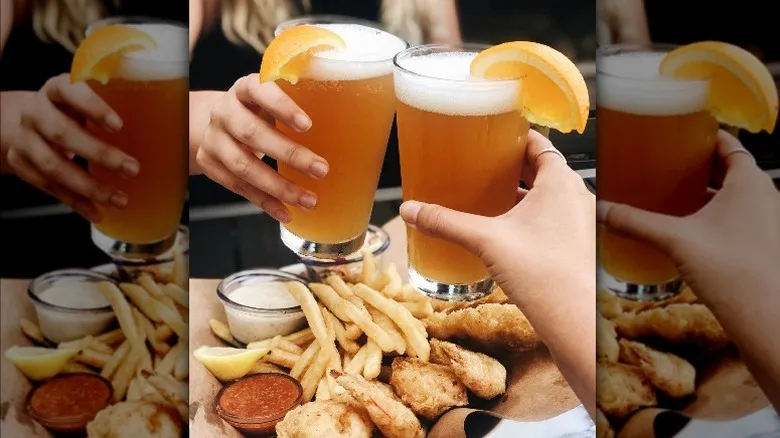
While the batter recipe and fish varieties may differ from one region to another, as well as the accompanying side dishes, the communal spirit of a fish fry stays consistent. Regardless of whether you participate in Lent, fish frys are typically welcoming to all locals and visitors alike—perhaps even those on a fish fry tour. If you have the chance, they are definitely worth experiencing.
Recommended

Is Trader Joe's Or Costco A Better Place For Charcuterie Board Shopping?

Ina Garten's Valuable Tip On Bringing Host Gifts

The One Item You Should Avoid Buying In Bulk At Whole Foods
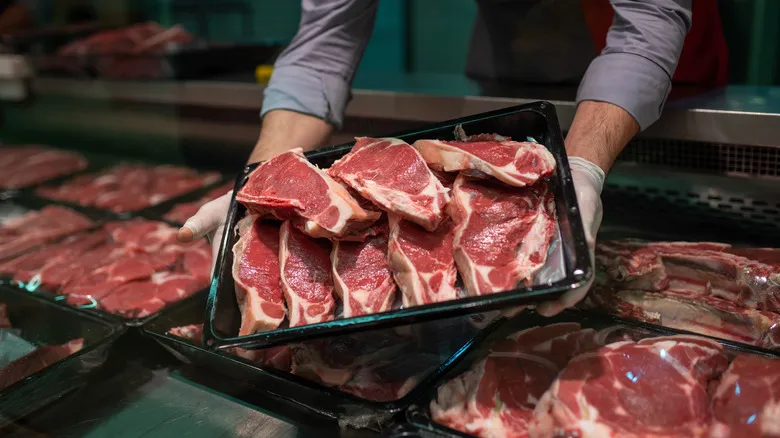
Why You Should Always Ask Your Grocery Store For Custom Cuts
Next up

